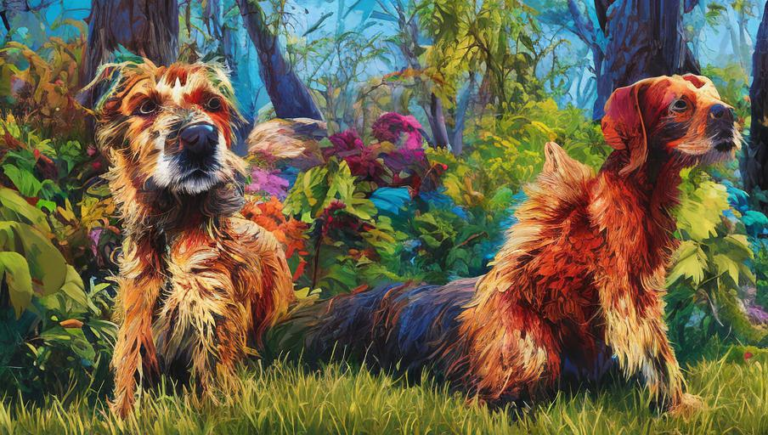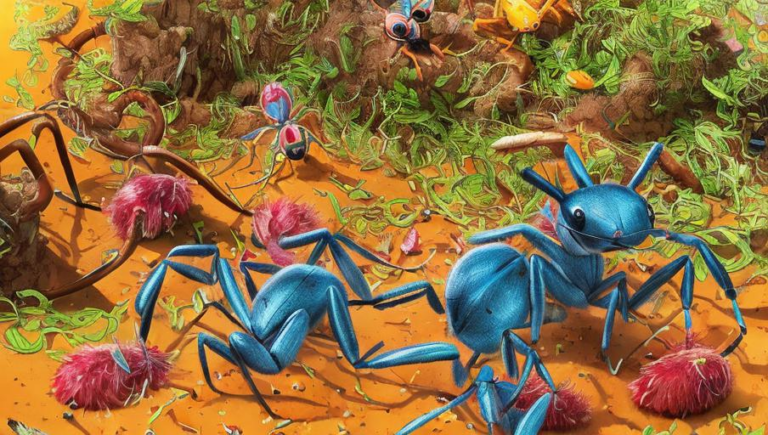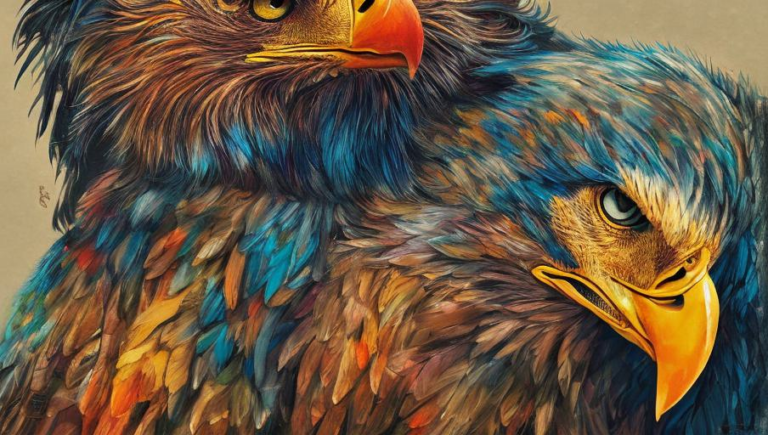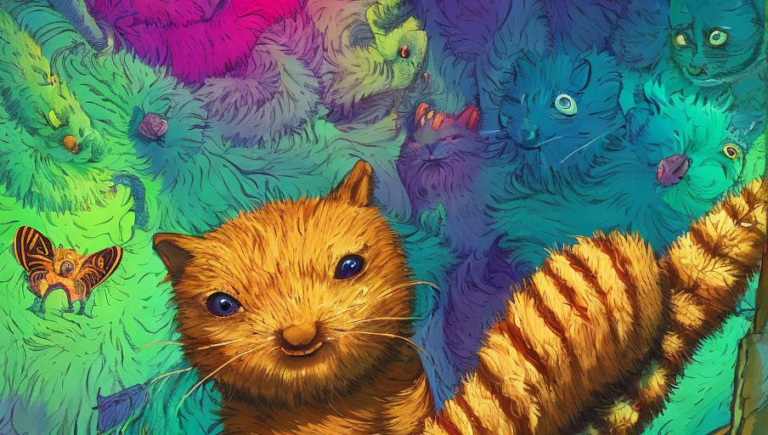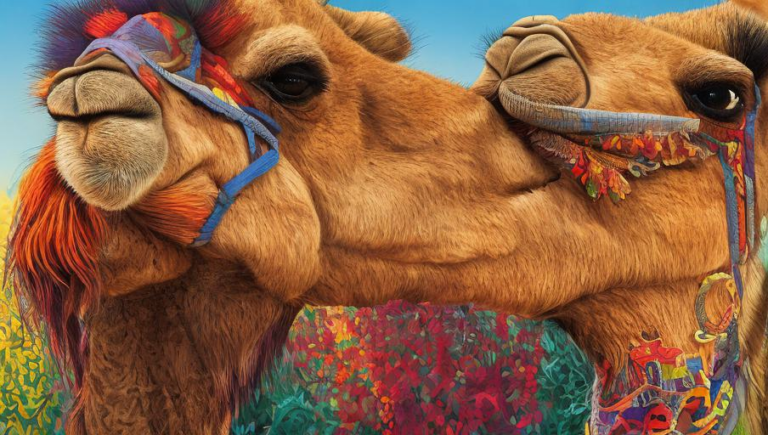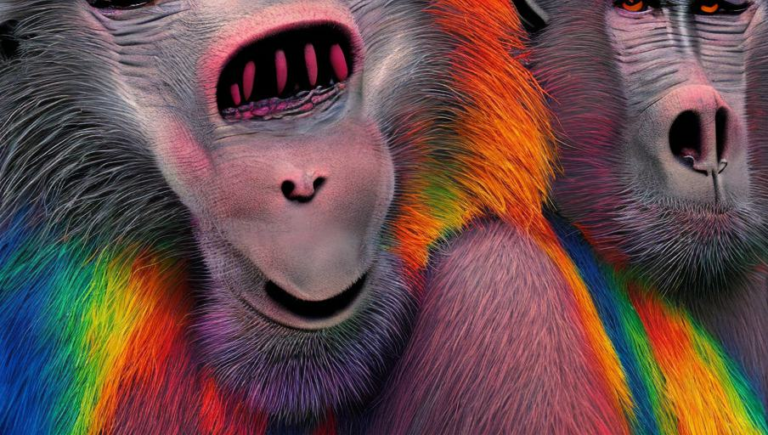Kicking off a Conservation Effort for the Curlew
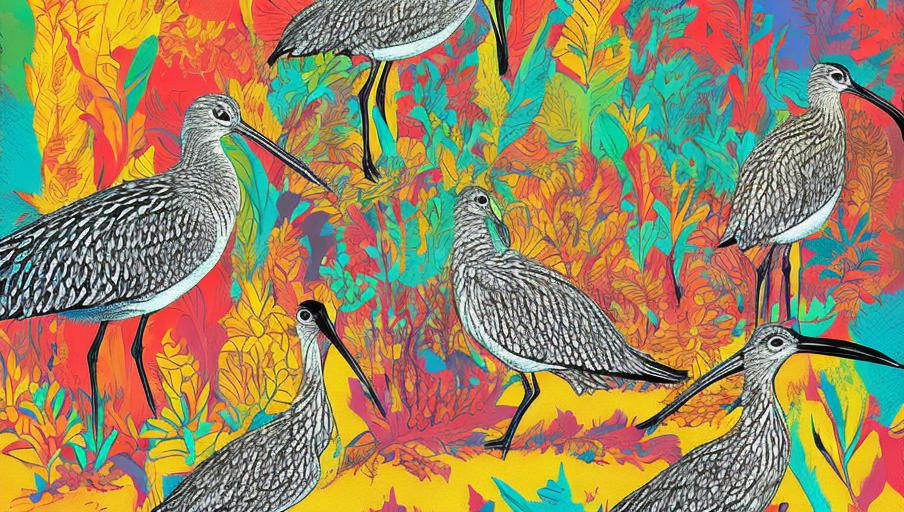
The Curlew: Nature’s Charismatic Bird
The curlew is a large and charismatic bird, easily recognizable by its long, curved bill. It is found in many parts of the world, from the Arctic tundra to the tropical rainforests. Curlews can be found in a range of habitats, including wetlands, grasslands, and coastal areas. These birds are known for their loud, melodic calls, which can be heard during the day and night.
The curlew is a vital part of many ecosystems, serving as both predator and prey. It is an important food source for many species of birds, mammals, and reptiles. It also plays an important role in seed dispersal and nutrient cycling. Unfortunately, the curlew population is declining due to a number of factors, including habitat loss and degradation, changes in food availability, and the introduction of invasive species.
Threats to the Curlew Population
Habitat loss and degradation are the primary threats to the curlew population. Human activities such as agriculture, urbanization, and climate change have caused a significant decline in the bird’s natural habitats. The introduction of invasive species, such as cats, foxes, and rats, has also had a serious impact on the curlew’s survival. Changes in food availability, due to the overfishing of fish species and the destruction of wetlands, have also caused a decline in the curlew population.
Climate change is also having an increasingly significant impact on the curlew population. Rising temperatures, changing precipitation patterns, and extreme weather events are all contributing to the decline of this species. In addition, the curlew is particularly vulnerable to sea level rise, as it relies on habitats that are likely to be inundated by rising oceans.
Conservation Efforts for the Curlew
The curlew is a species in need of urgent conservation action. A variety of conservation efforts are being undertaken to protect this species and its habitats. The first step is to create protected areas for the curlew, where it can live and breed in safety. Studies have shown that these areas must be large enough to provide adequate food and shelter for the bird.
It is also important to reduce the impact of human activities on curlew habitats. This can be done by creating buffer zones around protected areas and by limiting the use of pesticides, herbicides, and fertilizers. It is also important to reduce the impact of invasive species, as they can have a devastating effect on the curlew population.
It is also necessary to raise public awareness about the plight of the curlew, as well as other species that are threatened by human activities. Education programs that focus on the importance of conservation and environmental protection can help to create a more environmentally conscious society.
Conclusion
The curlew is an iconic species in need of urgent conservation action. A variety of conservation efforts are being undertaken to protect this species, including the creation of protected areas and the reduction of human activities in curlew habitats. It is also important to raise public awareness about the importance of conservation and environmental protection.
The curlew is a charismatic species that deserves our attention and protection. With concerted conservation efforts, we can ensure that this species will continue to thrive in its natural habitat for generations to come.
